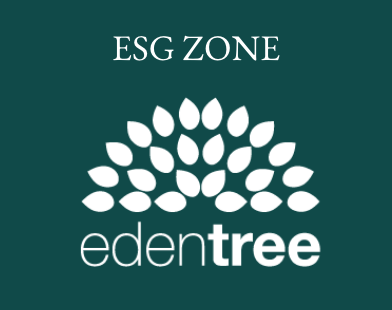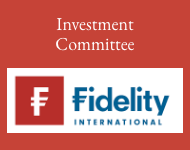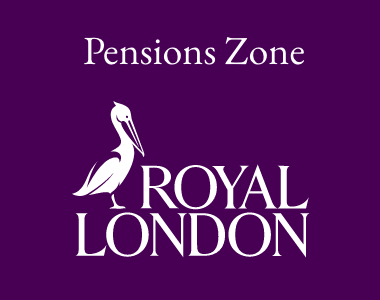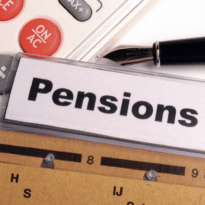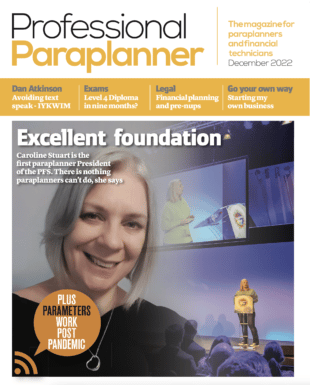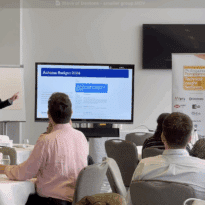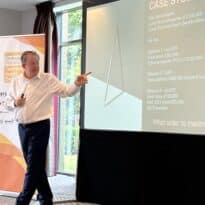What happens if the unexpected occurs when succession planning – who takes over and how can protection help? Gregor Sked, Senior Protection Development and Technical Manager at Royal London looks at this often overlooked issue.
For succession planning, business owners can choose from several exit options: Company Share Buyback, Employee Ownership Trust (EOT), Management Buyout (MBO), Third-Party Sale, Family Succession, or IPO.
But while each option has its merits, the conversation too often centres around tax efficiency or corporate control, overlooking a key question: what if something unexpected happens to a shareholder before that succession plan is realised?
This is where financial advisers play a crucial role, especially when protection is positioned as a vital part of a business’ continuity and succession plans.
Company Share Buybacks
A Company Share Buyback involves the business purchasing its own shares from shareholders, often upon retirement, or death. This reduces the number of shares in circulation and can be an effective way to pass on ownership without external interference.
Example: RL Sockets Ltd
RL Sockets Ltd is owned equally by four shareholders – Ruth, Lee, Anita, and Mona. When Anita sadly passes away, the company enacts its share buyback agreement, which roughly follows the steps outlined below:
- The company has the option to buy Anita’s shares from her husband, Frank
- Frank also has the option to sell the shares to the company
- The business uses a life policy payout to buy back and cancel the shares
This means the remaining shareholders don’t receive a direct payout and so avoid benefit-in-kind tax charges. But the value of their own shares increases – potentially rising from £500,000 to £667,000 each if the business was worth £2 million before Anita’s death, this figure being the value of the life policy payout split amongst the three remaining shareholders.
Long-term tax considerations
While this approach can delay personal tax liabilities, it doesn’t eliminate them. Upon a future sale, let’s say at £12 million, each shareholder’s stake may be worth £3 million, potentially triggering a significant Capital Gains Tax (CGT) bill.
Additionally, selling to a third party can bring:
1. Job Security Risks – new owners may restructure or reduce headcount.
2. Disruption to professional relationships – longstanding advisers might be replaced by the new buyers own advisers
Employee Ownership Trusts (EOTS): A tax-efficient alternative
To preserve culture, protect jobs, and still achieve a lucrative exit, more business owners are turning to Employee Ownership Trusts.
With an EOT:
- Shareholders sell a majority stake (51% or more) to a trust set up for employees
- This qualifies for a complete CGT exemption, provided the structure meets HMRC rules
- The company funds the buyout gradually from profits, often over 10 years
Example, back to RL Sockets Ltd…
If Ruth, Lee, and Mona each sell their stake for £3 million, they might receive £300,000 annually over a decade. In return, their employees would gain ownership and could benefit from tax-free bonuses up to £3,600 per year.
This type of structure also helps with aligning employee incentives, boosts retention, and preserves the firm’s culture.
The protection opportunity: what could go wrong?
While both share buybacks and EOTs offer smart succession solutions, they rely heavily on the health and continued presence of key individuals. That’s where protection insurance becomes critical.
1. Insurance on Deferred Consideration
If a shareholder dies during an EOT’s payout period, their family could be left short. A decreasing term policy can cover remaining payments, ensuring financial security for beneficiaries.
2. Key Person Insurance
Whether a business is being bought back or sold to an EOT, its ability to generate future profits is crucial. Key person insurance ensures that if a core employee dies or falls critically ill, the business can absorb the financial impact.
3. Estate and Inheritance Tax Planning
When shares are converted to cash, they become part of the seller’s estate and are exposed to Inheritance Tax. This opens additional planning opportunities with business relief and trust planning.
4. Workplace Pensions
Under EOT structures, employers may increase pension contributions as part of the transition, presenting an opportunity to advise on workplace schemes, salary exchange, and group risk benefits.
Why advisers should be involved
For advisers, succession planning is not just about technical tax knowledge, it’s an ideal entry point to deliver long-term, value-added advice across multiple areas.
Unlike external sales, EOTs do not typically disrupt existing adviser relationships. Instead, they can strengthen client loyalty by offering holistic solutions that tie together personal and business planning.
More than just an exit
Succession planning is more than a financial transaction – it’s about legacy, continuity, and protection.
Whether via a company share buyback or an Employee Ownership Trust, advisers have a clear opportunity to guide business owners through this transition while ensuring the risks are managed and the rewards protected.
As tax rules evolve and EOTs grow in popularity, advisers who understand these structures and the role protection plays will be best placed to support clients with both their exit plans – and their peace of mind.
Main image: jr-korpa-9XngoIpxcEo-unsplash



